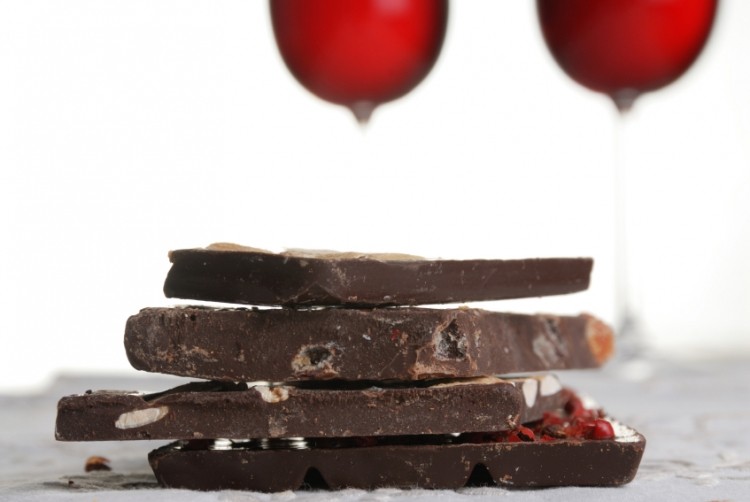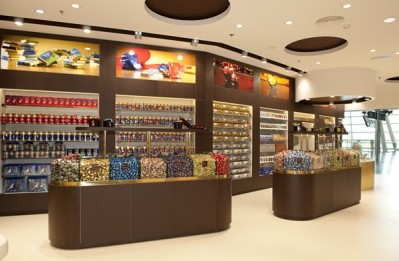Lindt-backed research discovers method to authenticate premium chocolate

The study published in the Journal of Agricultural and Food Chemistry by the US Department of Agriculture (USDA), Nanjing Agricultural University and the University of the West Indies said that DNA markers would allow cocoa and chocolate companies to validate the quality of premium chocolate.
Avoiding contamination
Premium chocolatiers often use fine flavor single origin cocoa from specific clones or populations such as the 'Java Criollo' from Indonesia, 'Ocumare' from Venezuela and the 'Nacional Boliviano' from Bolivia.
“However, among premium cacao varieties, adulteration is common and can happen at different steps of the cocoa chain, from farm to port,” said the research team led by Dapeng Zhang.
“Cacao varietal authentication, therefore, is of considerable interest to the various stakeholders in the chocolate value chain.”
Contamination is usually determined by trained sensory analysis panels tasting the cocoa liquor, but the researchers have developed a method to distinguish the genetic identity of single cacao beans, which they claim is more effective.
How does it work?
Research Method
Under the study, the researchers analyzed a fine flavor cacao bean variety from Northern Peru called 'Fortunato No 4'. They used the SNP method to test for adulterant varieties of beans such as 'CCN-51' – one of the most widely cultivated beans in Peru that is considered to be inferior in quality.
The method uses nanofluidic single nucleotide polymorphism (SNP) genotyping to fingerprint DNA sample extracted from the seed coat of a particular variety of bean such as Nactional.
One of the researchers, Lambert Motilal of The University of the West Indies Cocoa Research Centre, explained to ConfectioneryNews that a proportional sample of beans – say 10 beans for a 1 kg – could be tested to see if they were all of the same variety.
If a proportion of the beans was found not to match the DNA profile of the desired bean type, then the batch may be contaminated.
Advantages over sensory analysis
The study said the method had the edge over sensory analysis.
“This [sensory analysis] practice is not practical when dealing with large number of samples because there is a limit to the number of samples a sensory panel can evaluate before losing its accuracy.”
The researchers claimed their DNA fingerprinting method was more efficient: “This method can handle a large amount of samples in a short period of time, and the result is highly robust and repeatable.”
Motilal told us that a sample of cacao beans could be taken for analysis anywhere along the supply chain. These beans would then go to a laboratory to extract a DNA sample and to conduct an analysis - which would take around three days in all.
He said that the method could be used to accompany sensory analysis.
The cost
“It was expensive a few years ago but the cost is going down drastically,” he continued.
Lead researcher Dapeng Zang added: “At our laboratory, the cost is about US $7-8 per sample. But if the method is scaled up and automated, the cost would be much lower.
He said that the method was currently a proof of concept and it would be down to the industry to take the method forward to improve automation.
Source:
Journal of Agricultural and Food Chemistry 2014, 62 (2), 481-487
DOI: 10.1021/jf404402v
‘Accurate Determination of Genetic Identity for a Single Cacao Bean, Using Molecular Markers with a Nanofluidic System, Ensures Cocoa Authentication’
Authors: Wanping Fang et al.






